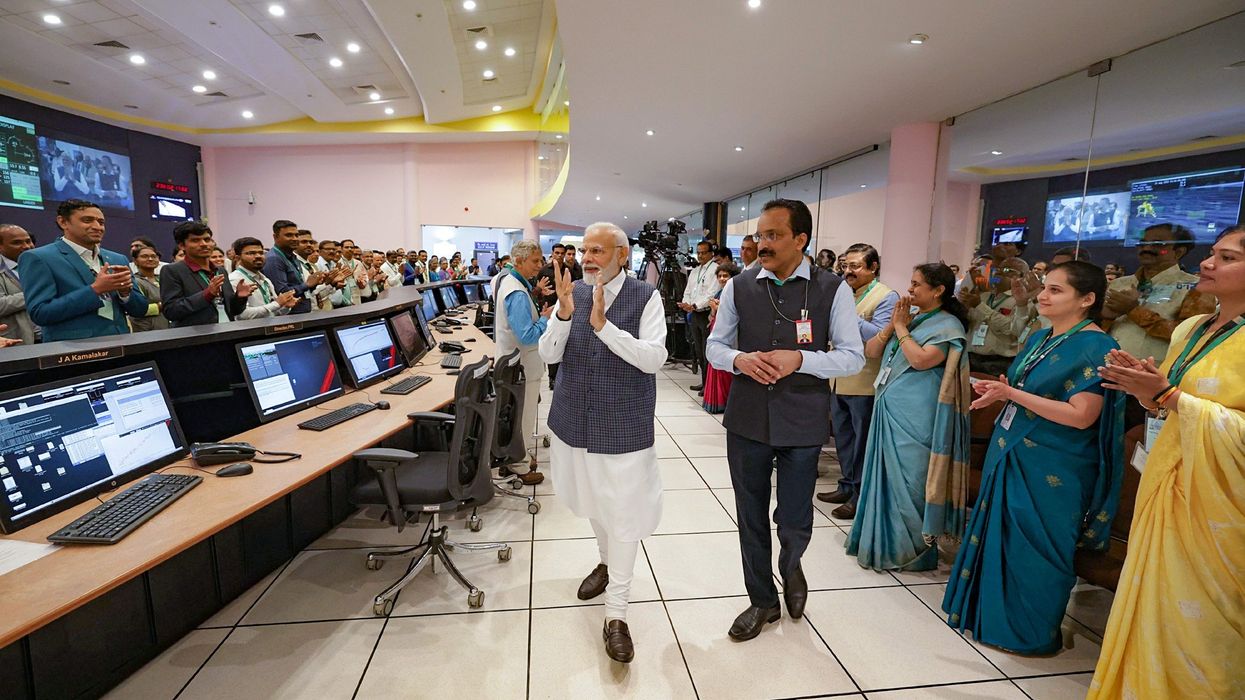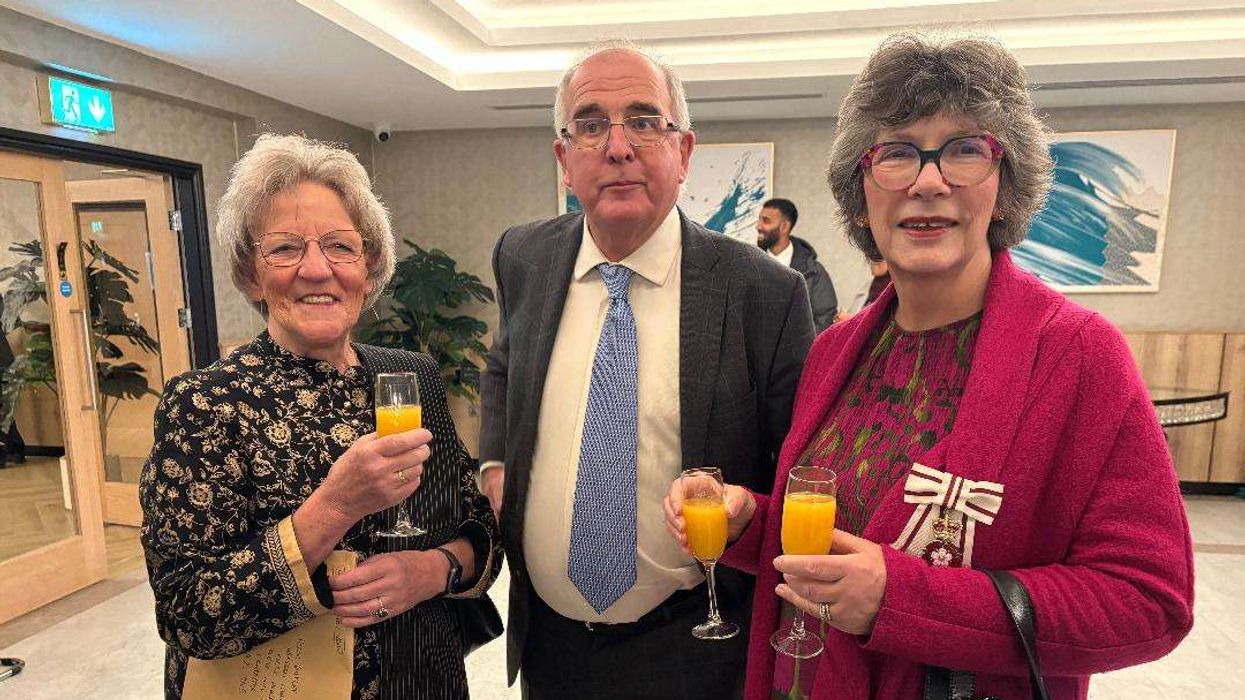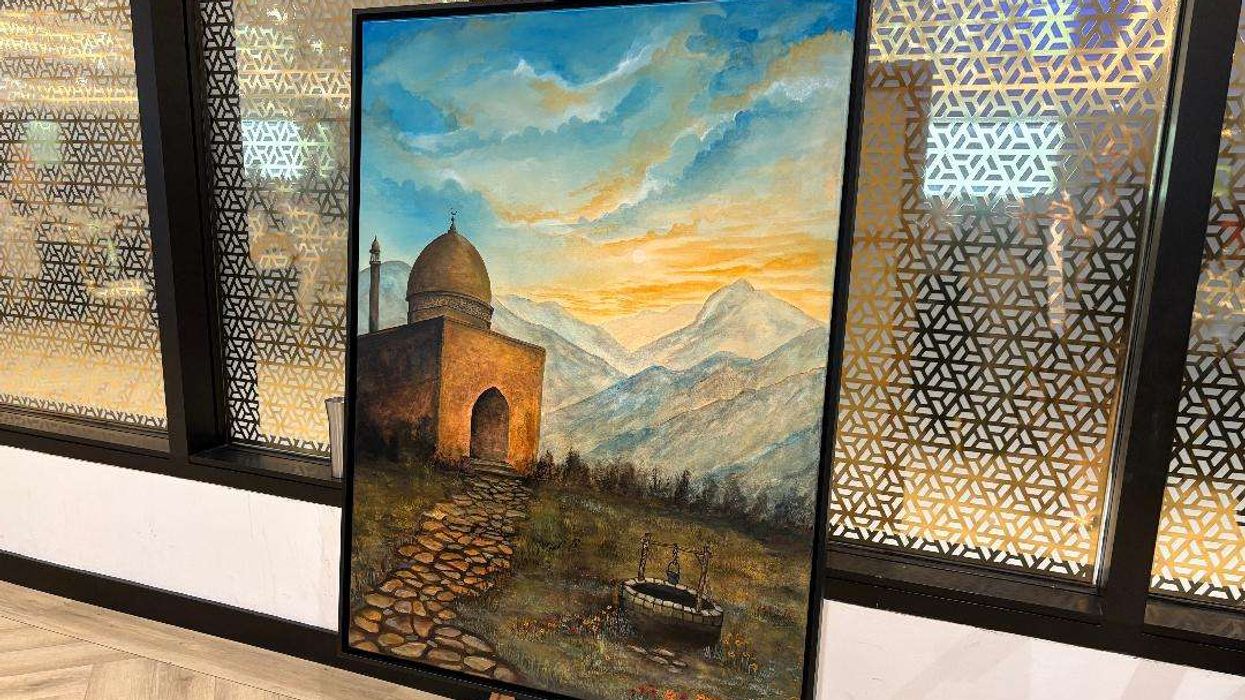WOMEN’S contribution to Indian space exploration has come under the spotlight after the country’s Moon mission Chandrayaan 3 made a soft landing near the lunar south pole last week.
The place where the mission landed is named ‘Shiv Shakti’, a term which recognises both men and women.
Several women scientists of the Indian Space Research Organisation (ISRO) who played key roles in the mission shared their experiences working for the agency and how it enabled them to succeed.
One of them is Chandrayaan-3’s associate project director K Kalpana who has been a part of various projects since she joined the ISRO in 2003.
The graduate from the Indian Institute of Technology (IIT) Kharagpur was involved in the design and optimisation of the mission lander Vikram.
“This will remain the most memorable and the happiest moment for all of us and for our team at Chandrayaan-3,” she said after the landing of the probe on the dark side of the Moon where no other nation has gone till now.
“We have achieved our goal flawlessly from the day we started rebuilding our spacecraft after the Chandrayaan-2 experience,” she said, referring to the unsuccessful previous edition of the mission.
“It has been a breathe-in and breathe-out Chandrayaan-3 for our team. Starting from the reconfiguration and all the assembling, we have conducted meticulously, this has only been possible because of the team’s immense effort.”
V Brinda, the director of the directorate of safety, reliability and quality at the ISRO’s headquarters, said women scientists played a significant role in the mission, although she acknowledged the efforts of the whole team.
She led a key committee that reviewed mission design, control and guidance system and failure mode analysis of the mission.
Brinda previously headed the software design team for launch vehicle and spacecraft ground support.
Another woman who was part of the organisation is Ritu Karidhal, regarded as the ‘Rocket Woman of India’, having been an aerospace engineer at the ISRO since 1997.
She was also part of Mangalyaan, India’s successful Mars orbit mission.
M Vanitha is an accomplished electronics and communication systems engineer working for the ISRO, having overseen its satellite projects and hardware development.
She joined the agency as a junior engineer and rose through the ranks to become its first woman project director.
Many other women scientists including Geena Varghese, Beena AP, Athula Devi, Nandhini Harinath, Shivani, Ceena Sunil, Roopa MV and Vidya have all been part of the ISRO’s journey.
Prime minister Narendra Modi who visited the ISRO’s command centre in Bengaluru on Saturday (26) interacted with about 120 women scientists and lauded their efforts.
"Women scientists played a key role in the success of the Chandrayaan-3 mission. The 'Shiv Shakti' point will inspire future generations to take up science in earnest and use it for the welfare of people.”
He said ISRO scientists “took the country to new heights as the mission demonstrated the “power of our space research and programme.”
He said India "is giving hope to the world even from the dark side of the moon."
Women’s power under spotlight after India’s Moon landing
The place where the mission landed on the Moon is named ‘Shiv Shakti', a term which recognises both men and women






 Oil painting of blue dome mosque by Sabs Khokher Art auctioned for £1500Rahila Bano
Oil painting of blue dome mosque by Sabs Khokher Art auctioned for £1500Rahila Bano 





